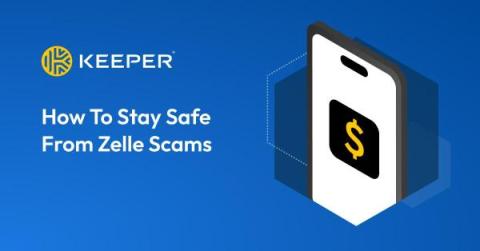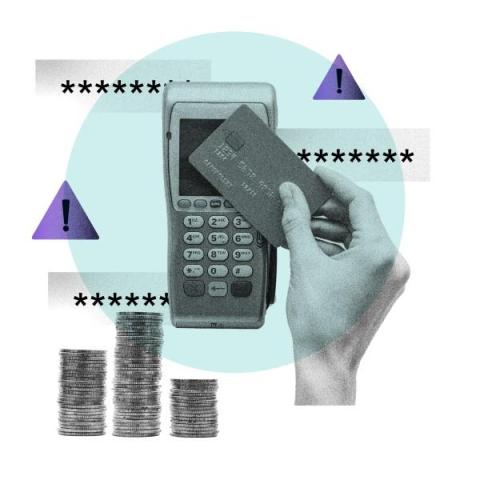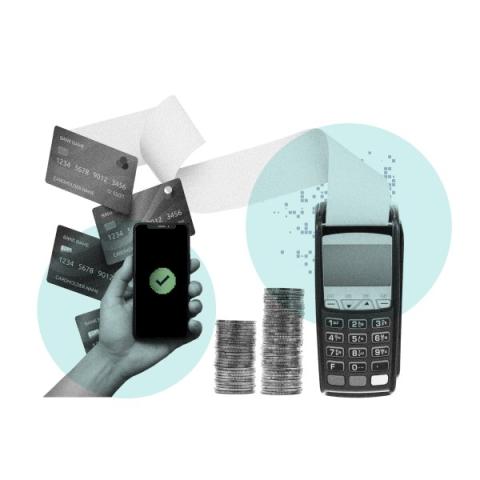Scam-as-a-Service Classiscam Expands Impersonation in Attacks to Include Over 250 Brands
Now entering its third year in business, the phishing platform, Classicam, represents the highest evolution of an “as a service” cybercrime, aiding more than 1000 attack groups worldwide. What do cybercriminals need for a successful attack? A convincing email, a list of potential target email addresses, and a website to extract payment details, bank login credentials, etc. And it’s the last part that’s usually the barrier to market for those that want to get into cybercrime.








